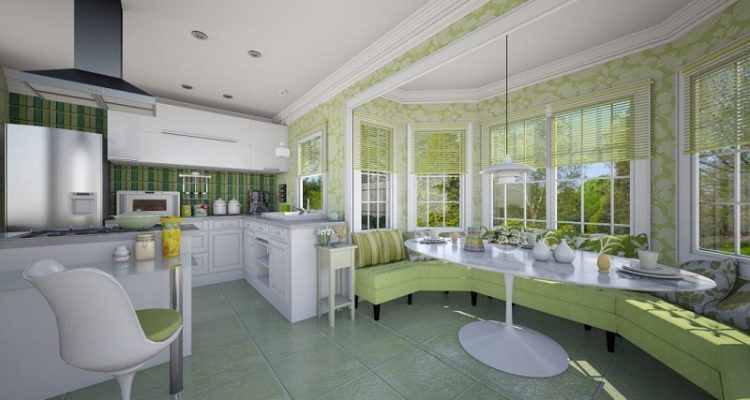Before building the dream home, you need a well thought-out floor plan. But what is the best way to go about creating the floor plan as a simple builder? Draw the floor plan by hand in the classic way? Or use one of the numerous online Floor plan creator tools for floor plan planning? The planning of the floor plan is quite a challenge for most prospective builders. After all, apartment floor plans cannot easily be transferred to a house. So it’s good that there are a number of online tools that help with intuitive user guidance. But regardless of whether you draw and plan by hand in 2D or with software in 2D or 3D – the essential basics for the floor plan must be clarified in advance.
What do you have to consider?
If you are starting new then try to make it simple. So before you can start drawing the floor plan with Foyr Neo, three things are particularly advisable –
Clarify general conditions: First of all, all facts about the house and property should be compiled: How high can or must be built, which roof is permitted, how large is the buildable area? All this information and sometimes more can be found in the development plan.
Plan the floor plan: Then it is important to discuss and plan all the needs and wishes of the future residents. And taking into account the decisive structural things: doors, windows, lighting concept, open or closed floor plan, short distances and cables and much more are part of it.
Let yourself be inspired: Before you start planning and drawing your floor plan, a first and always sensible step is to look at high-resolution floor plans of other houses. You can find exciting floor plans on the internet, free of charge and without obligation. It is always worth looking at model houses. There you get a good impression of the actual dimensions that rooms have.
Our tips for the procedure
First start with the outer walls, because the outer dimensions are known. Then continue with the front door, entrance area and the stairs – the remaining rooms follow around these. It is then a matter of accommodating all the necessary rooms in the house in suitable “dimensions” and developing a feeling for spatial planning. The fine-tuning of the rooms/room sizes then follows. Furniture and furnishings are cut to scale and placed in the rooms. Whether private housing, administrative buildings or furniture design: the planning and design of interiors is the primary task of the interior designer. This applies to both new and existing buildings.
Conclusion
Interior designers plan from the inside out and specialize in the development of room structures and functional usage units. You design with a view to the needs and wishes of the future user and also integrate social aspects into the planning process. Interior designers’ planning tasks include buildings for care and maintenance, health care, leisure and recreation, trade, hotel and gastronomy, exhibitions, training and research, culture and belief, administration, transport and living as well as furniture, lighting, textile and object design.


